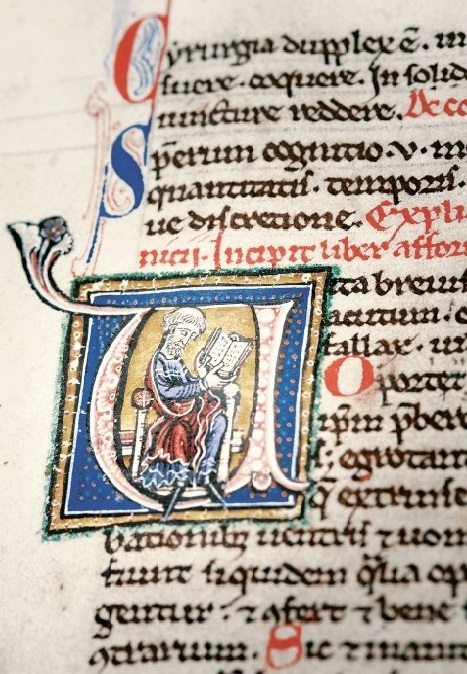Arnau’s commentaries come from his teaching in Montpellier, given that mediaeval courses consisted of reading and commenting on the work of an authority (lectio), based on which the professor asked and responded to questions (quaestiones). His commentaries show that he focused on the traditional texts in medical education (Hippocrates) but that he also introduced innovative texts. Indeed, from Galen he also began to comment on famous works in southern Europe, including theTegni and the commentary on Hippocrates’ Regimen acutorum morborum, both of which are lost today. But later his attention would be focused primarily on the essential works of the new Galenism, such as De ingenio sanitatis, De morbo et accidenti and De malicia complexionis diverse. Of all three, the only one we know for certain was conserved is the last one. We owe the conservation of some of his commentaries to the scribes, probably students, who transcribed and circulated them, since Arnau was reluctant to make them public.
- Repetitio super Vita brevis (“Lesson on ‘Short life'”, 1301): The first aphorism of Hippocrates which begins Ars longa, vita brevis (Art is long, life is short), tis just the point of departure for a personal disquisition defending the fact that medical experience must be proven with reason and the authority so that one can increase the knowledge received with the results of one’s own research. This text has all the features of being one in a series of lessons compiled, without a final revision, by an anonymous editor who called himselfego scriptor.
- Tabula super Vita brevis (“Table on ‘Short life'”), also on Hippocrates’ first aphorism, is a simple and very useful guide on diagnosing and caring for patients.
- Expositio super isto amphorismo Ypocratis: in morbis minus… 8. The commentary on the 34th aphorism (from the second section) revisits what Galen did, “the first that eliminated the ambiguity and outlined the intention of Hippocrates’ words”.
- Commentum super tractatum Galieni “De malitia complexionis diversae” (entre 1292 i 1295), 9. Between 1292 and 1295, Arnau used the commentary on Galen’s treatise on the unbalanced pathological constitution to introduce to his studies the concept of pathological constitution, a core feature of Galenism. Based on this notion, he then goes on to expound on the curative method as a practical application for future physicians, exemplifying it with abscesses (inflammation) as a localised process and fevers as a general process.
- Commentum super De morbo et accidenti: There is evidence that he commented on this work by Galen on illnesses and symptoms in his early years as an instructor in Montpellier, and a copy of a commentary attributed to Arnau has been conserved. However, so far the analysis of the content has not yet confirmed that it is authentic or that it was not rewritten by another master from Montpellier.
